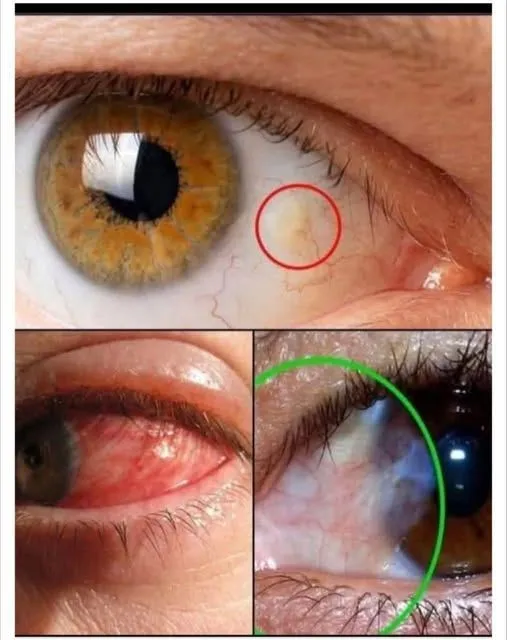There are now four cases of screwworm myiasis in humans in Chiapas
Chiapas accounts for 60% of the cases detected in animals, with 900 infections out of the 1,500 reported across all of Mexico.

Authorities in Chiapas confirmed this Sunday the detection of two new human cases of screwworm myiasis in the past few hours, bringing the total number of infections detected in the country to four.
Frida Viridiana Coutiño Jiménez, councilwoman of the municipality of Mapastepec (Chiapas), reported the detection of two cases of the disease in elderly residents of the Altamira ejido.
Coutiño, who is in charge of public health in Mapastepec, told local media that the infections were identified during inspection visits to several communities, ejidos, and localities.
“Two positive human cases have already been found. And in animals—backyard birds, cattle, horses, and sheep—several cases have also been detected,” she stated.
The councilwoman urged citizens to take extreme precautions in light of the outbreak, which continues to spread, mainly among animals, and to not ignore any warning signs of the disease.
“This is a real situation that we are experiencing here in Mapastepec (…) and therefore I want everyone to take preventive measures,” she warned.
Let me know if you’d like help turning this into a formal report or news article.
The second infection was confirmed on May 8 in a 50-year-old man who developed symptoms from a wound after being bitten by a dog, in the municipality of Tuzantlán.
Screwworm myiasis is a parasitic disease caused by the larval stage, or maggot, of the Cochliomyia hominivorax fly, which feeds on the living tissue of mammals.
The larvae infest the deepest parts of the tissue, causing severe injuries, loss of organ function, and even death in extreme cases.
Among the main symptoms are fever, depression, and loss of appetite, typically associated with pre-existing skin wounds.
If you'd like, I can compile all the translated segments into one cohesive news article or summary. Let me know how you’d like to proceed.
.





